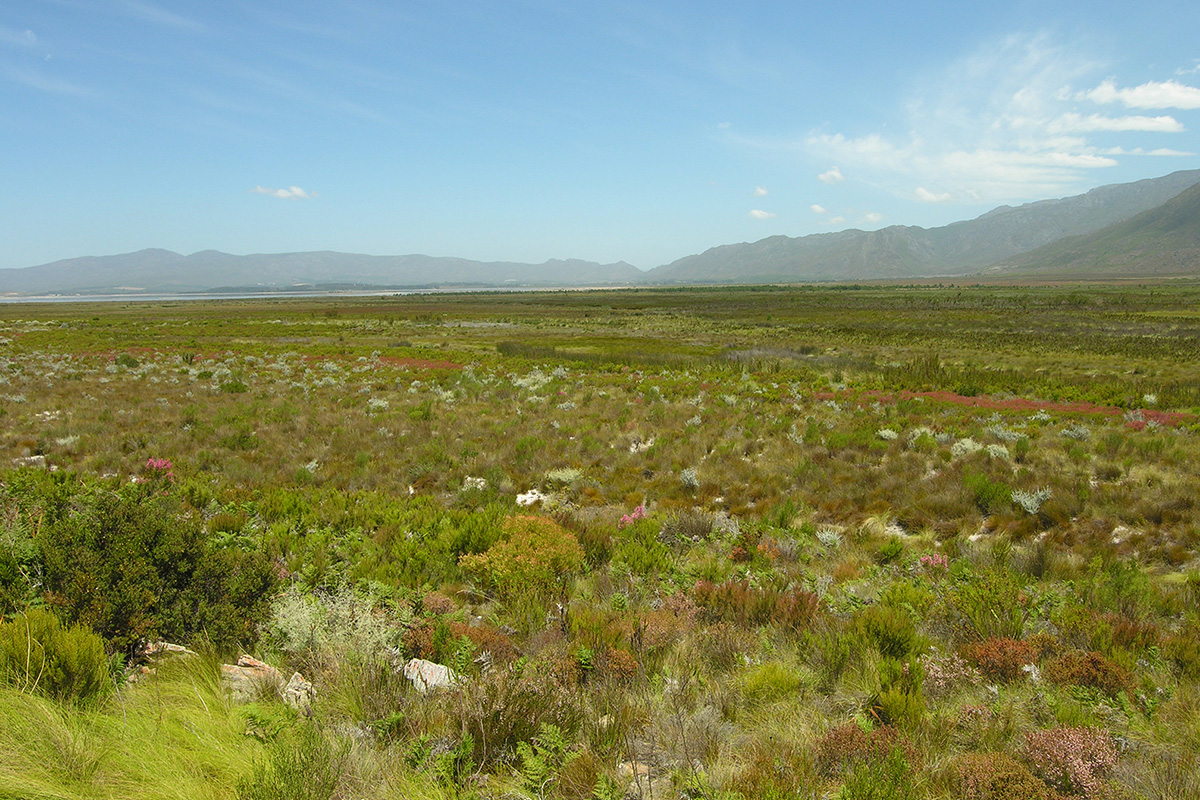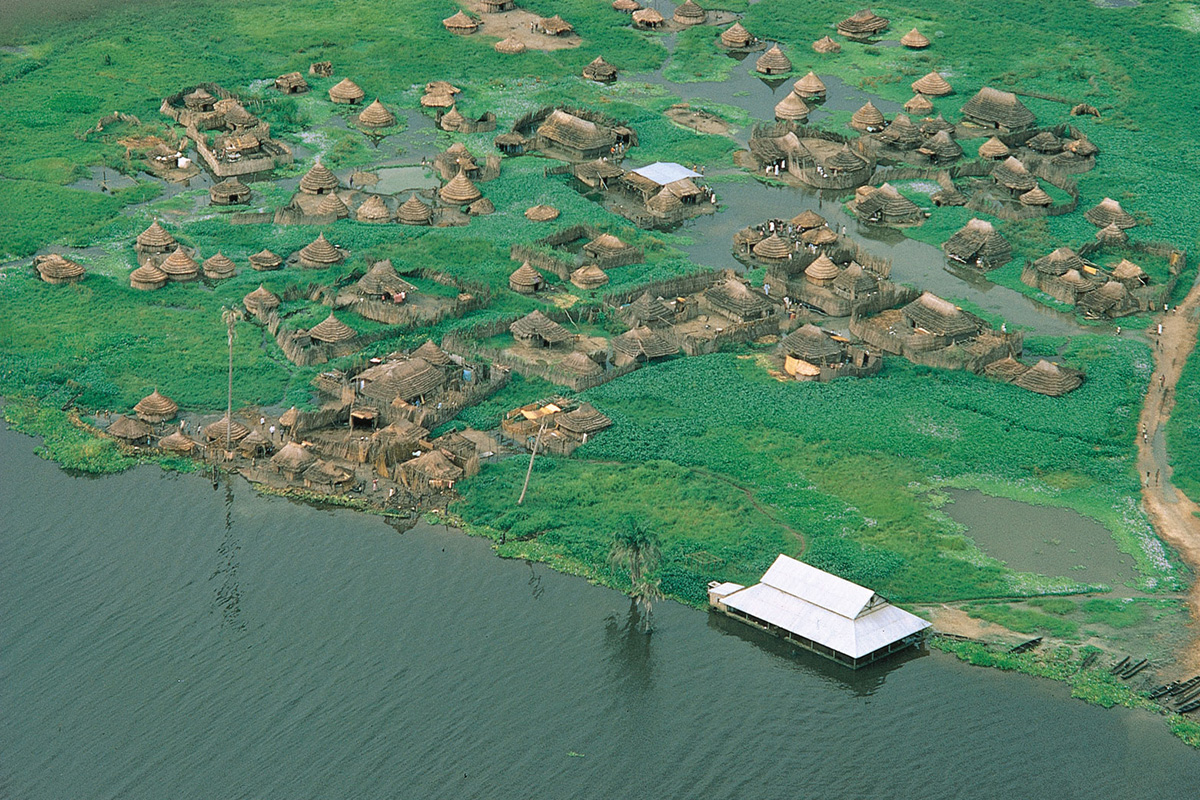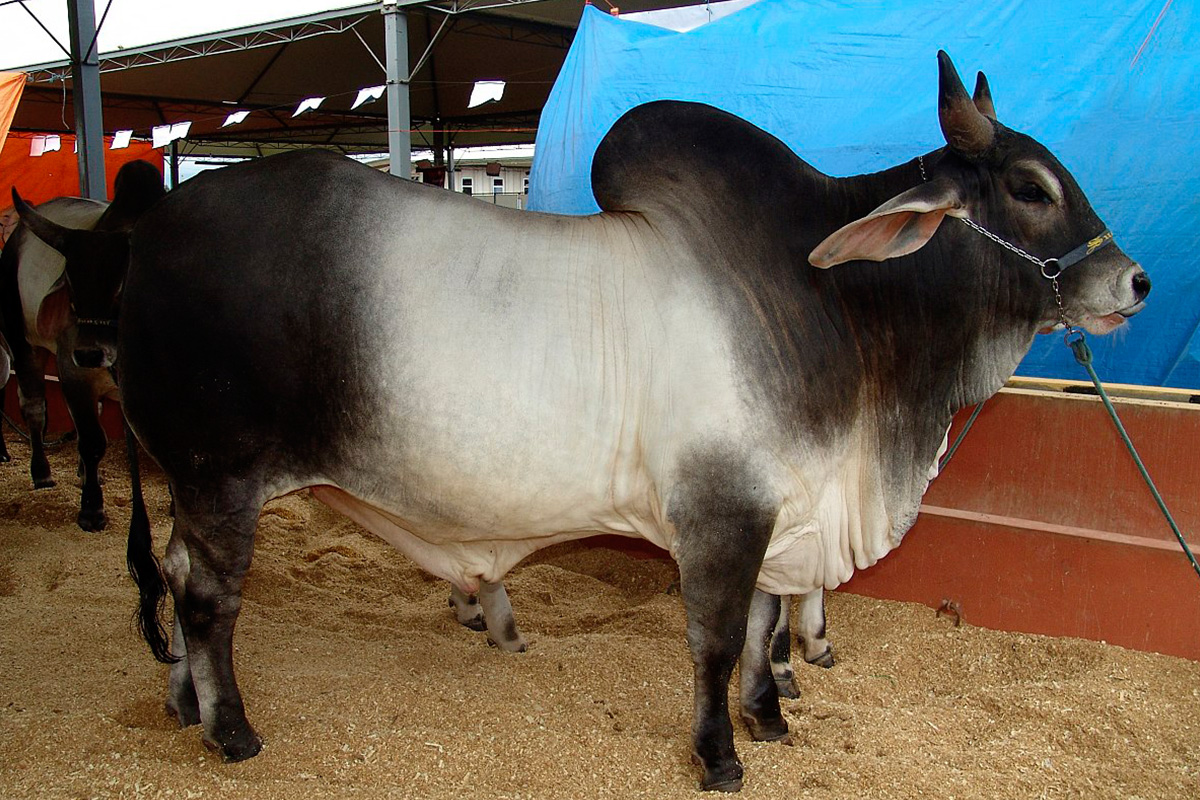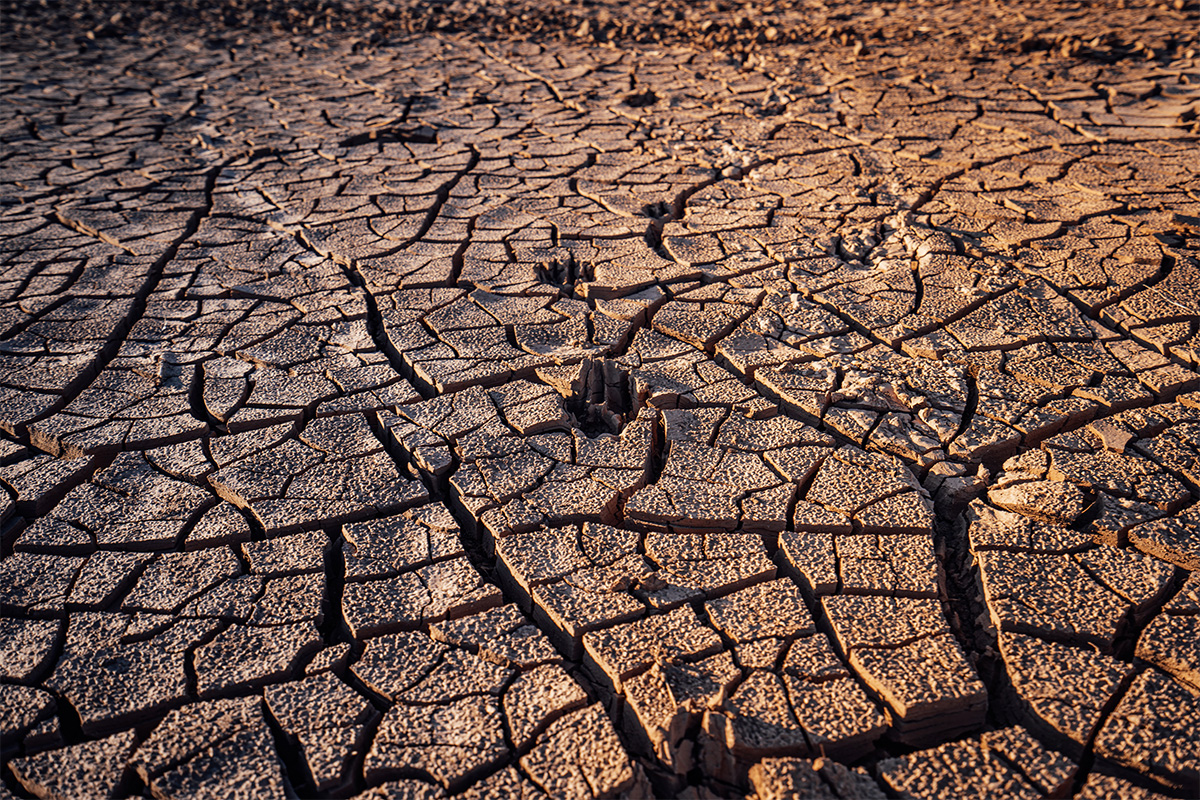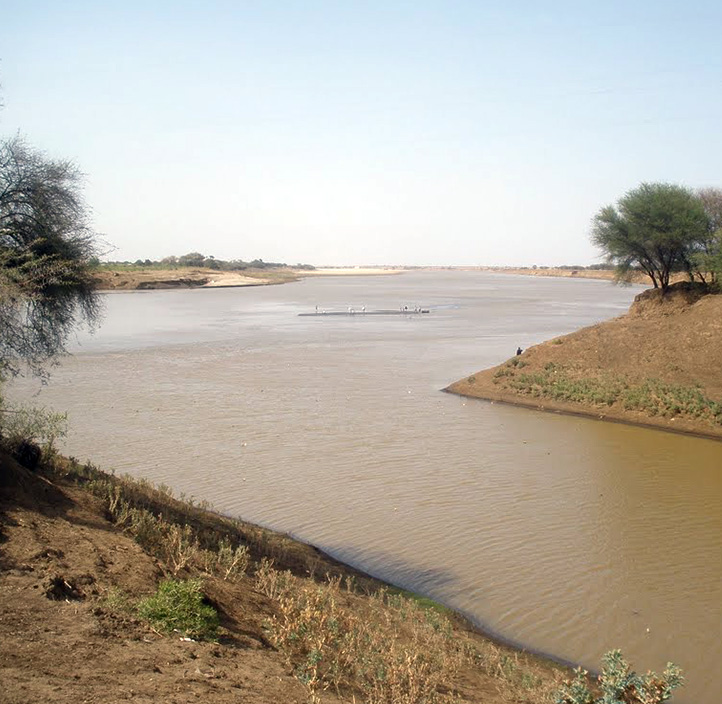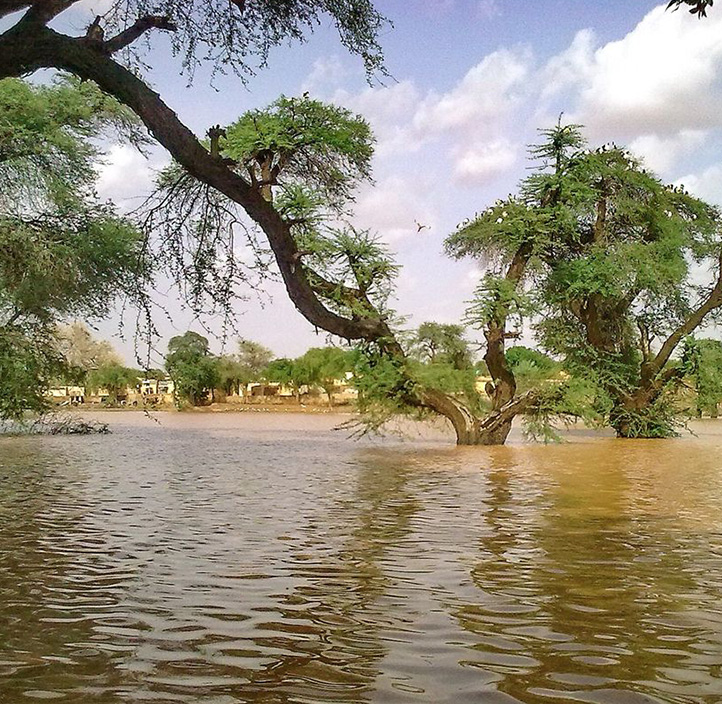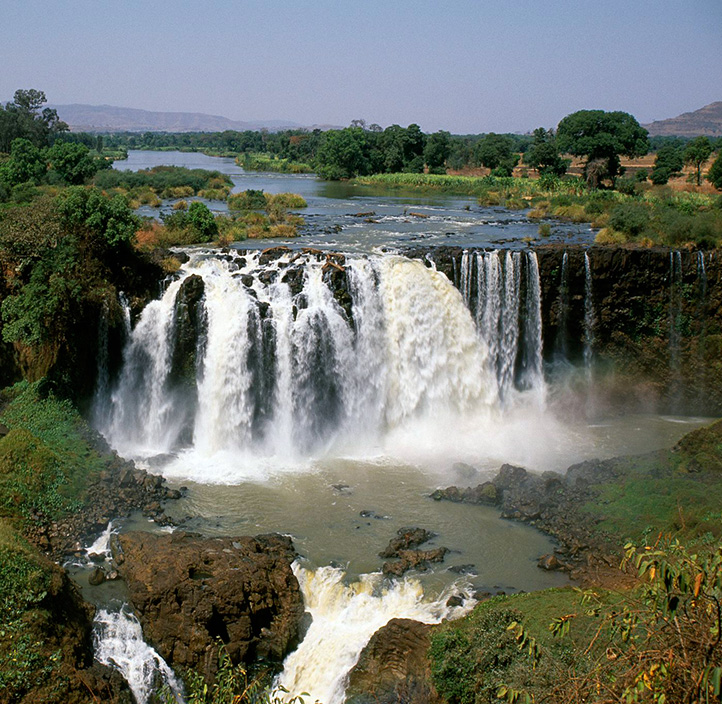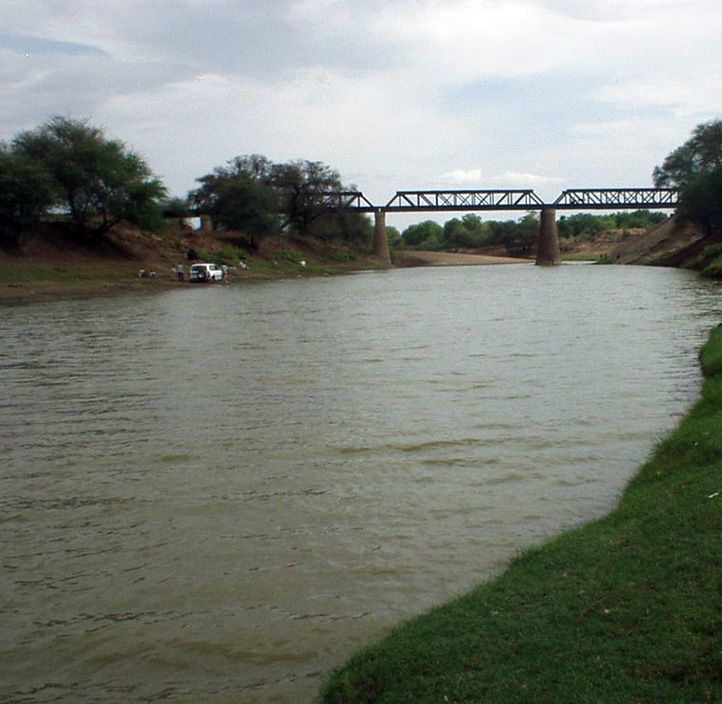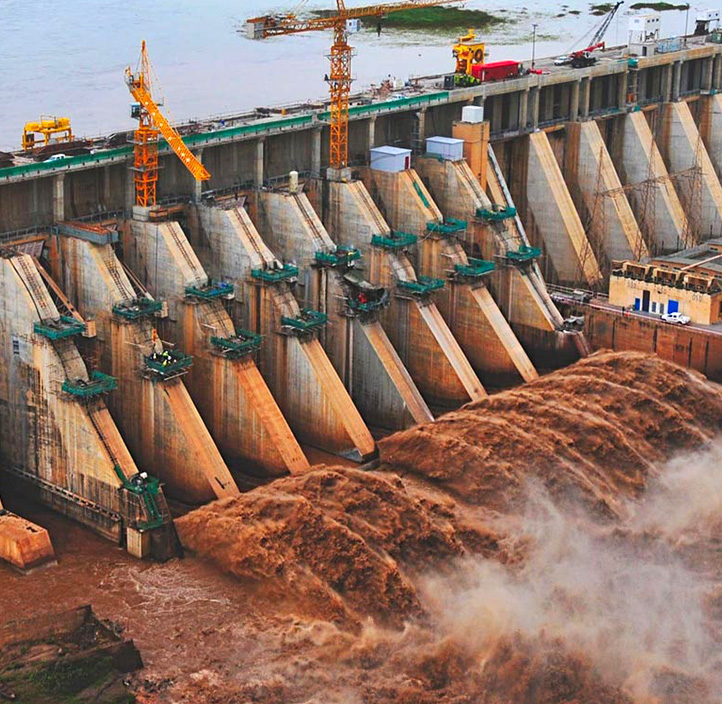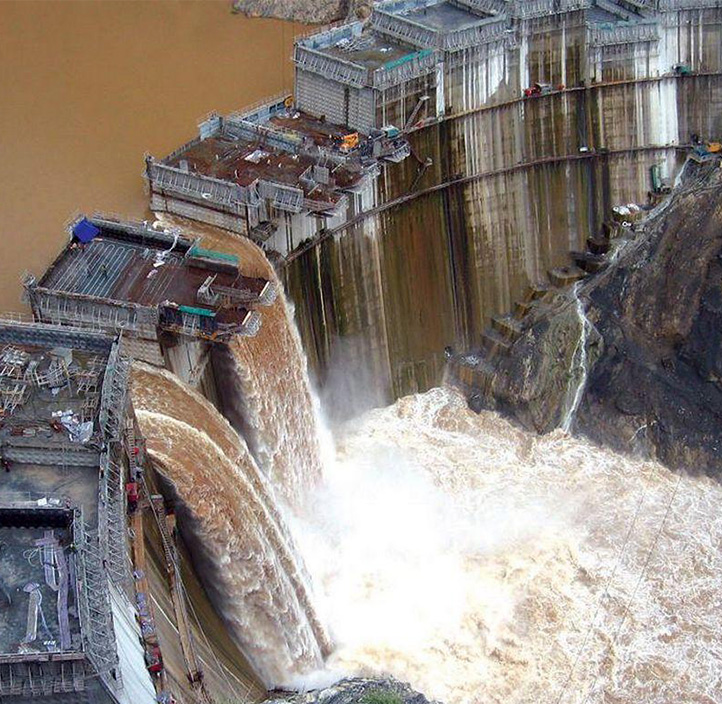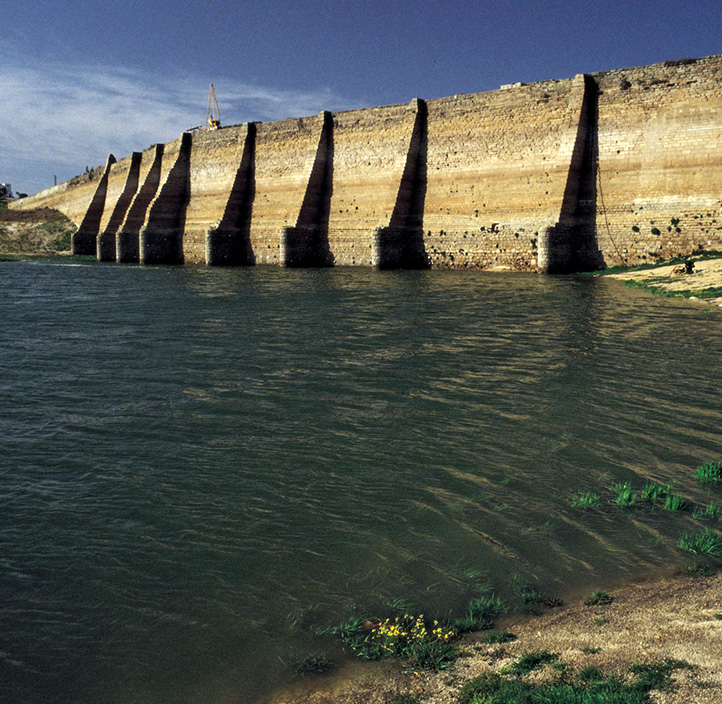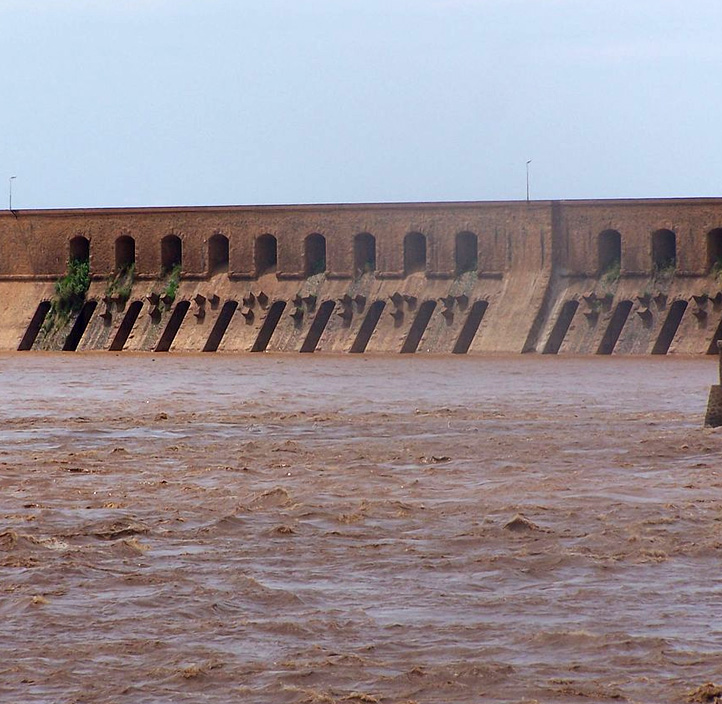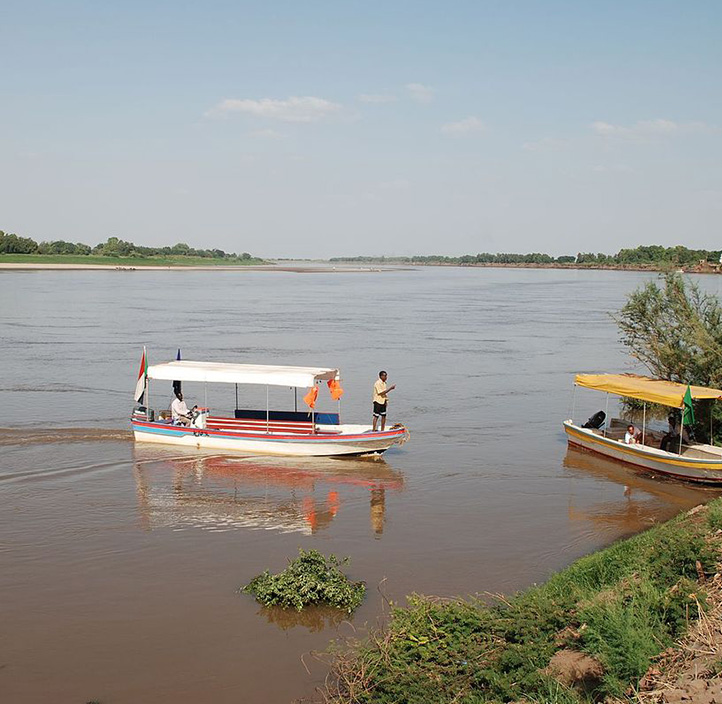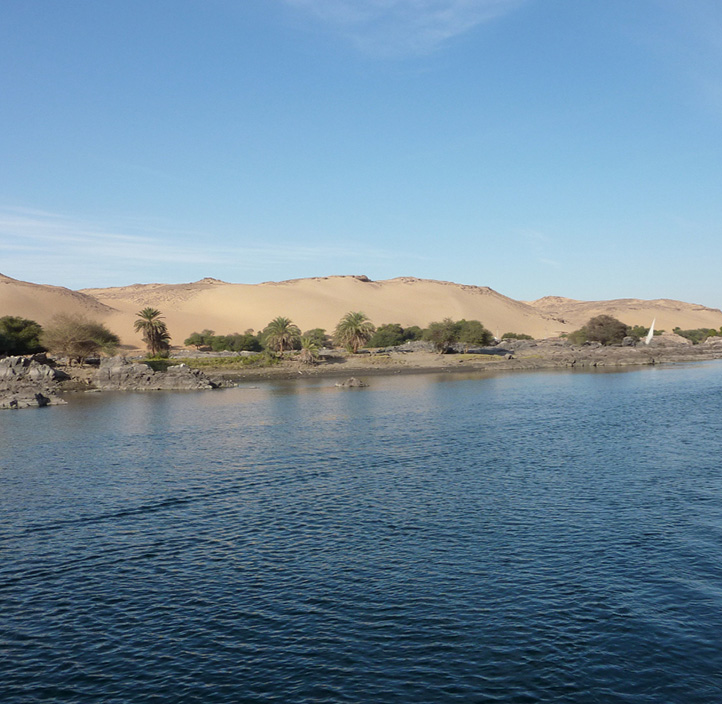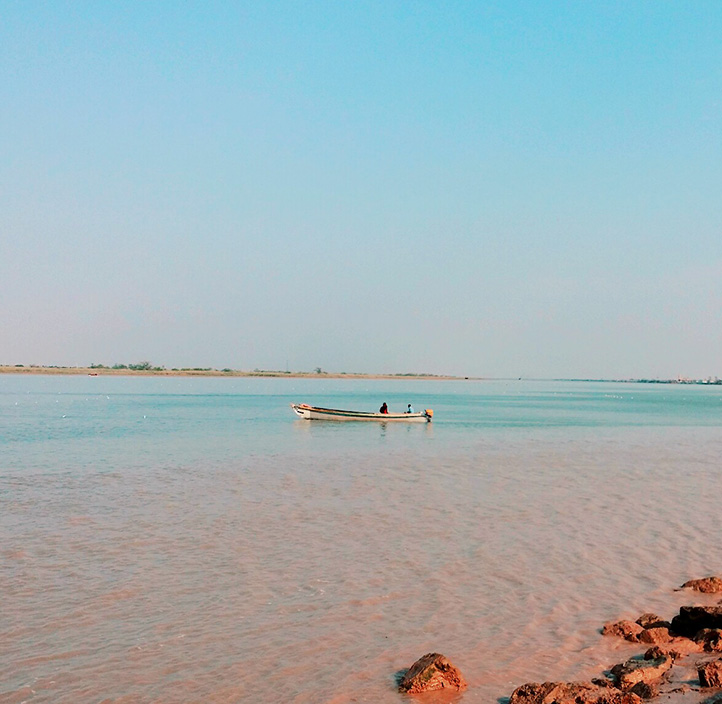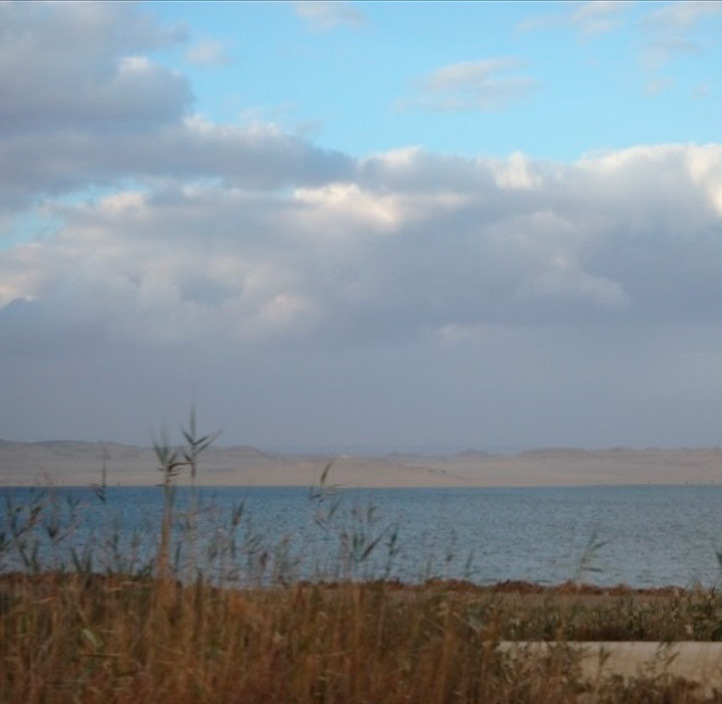Blue Nile Foundation
30.6.2020
This is a worldwide call to duty to all mankind in order to save the world's unique heritage site of the BLUE NILE BASIN in an effort to reverse the mismanaged and bared witnessed irreversible faults committed, happening NOW that we have ADDRESSED and continue to Address in its pursuit we launch the BLUE NILE Foundation with our global message to address the Environmental impact ASSESSMENT ecologically socioeconomically and its sustainability that has long been misinterpreted and misinformed in its publicized studies that never address their core objective to the whole world of the UNITED NATIONS, GOVERNMENTAL, NON GOVERNMENTAL organizations, AFRICAN UNION, EUROPEAN UNION, GREEN CONSERVATIONIST, ECOLOGICAL ORGANIZATIONS, WORLD HEALTH ORGANIZATIONS, WORLD BANK, I. M. F, and fellow humankind concerned.
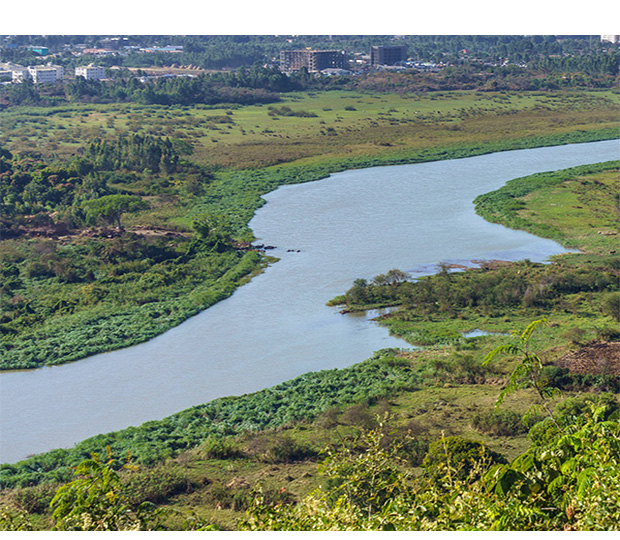
On this the 1st ANNIVERSARY marking the day Sudanese people choose change 30/6/2019. We launch our FOUNDATION.
From the first onset and on behalf of my fellow greater Nile basin societies from BENYSHNGOL, ALFONGG, and the many migratory people that have a shared coexistence since time immemorial with the place, we would like to make it clear neither is it our intention to:
1_Hinder our Ethiopian neighbours rightful rights of a Continued consistent Cooperative existence with the Sudan.
2_Nor do we have any reservations whatsoever with the aims for which the Renaissance Dam is intended.
3_In our initiative to the principles which we adhere to in our concerns we seek to structure a win-win mutually beneficial way forward.
That respect's in its endeavor our intent to oversee an oversight by the GOVERNMENTAL BODIES OF THE SUDAN, ETHIOPIA, and EGYPT. In the plight of indigenous people, Coexistence to all fairness to people of over 4mil in Sudan that thrive along the Banks of the BLUE NILE whom we owe a descent wellbeing due to our SOCIAL responsibility to all those brave people who MAKE their existence possible by cultivating, herding, foresting, fishing, orcharding, and hand crafting in their livelihoods and shelter the BLUE NILE basin and its attributeries ALRAHAD, ALDINDER, and their existence.
To ensure that they are at arm’s length from harm's way from displacement, poverty, and parching it is our intention that we insist that the proper procedures are followed in the inhabitants ENVIRONMENT impact assessment evaluation in:
1_Health and safety.
2_UPHOLDING ALL PREVENTIVE measures that otherwise will lead to counterproductive measures.
3_PRESERVE Wildlife, Vegetation, Ecology, and ENVIORMENT INTERNATIONAL PROTECTION MEASURES.
WITHIN the guidelines that were never done to standards unheard off in undertaking a colossal man-made monument of this magnitude intrusive to natures passage and its effects as that undertaken in the Landmark construction retaining wall of the Dam and its effect on the long held equilibrium balance of nature pre its commissioning to hold the equivalent of the nature's filtration and vapourization of the 960billion metric meters of rainfall on the Ethiopian highlands plateau’s essence water output of 96billion metric meters just 10% that which the majority of the BLUE NILE Basin of the Sudan exclusively holds the:
1_The Name in itself the identity & passage way of the BLUE NILE BASIN.
2_The Forestry and only green region in the whole Sudan which is in this area of the BLUE NILE BASIN totaling 17% of the Sudan's area.
3_The natural soil preservation from flooding silt has long offset the soil erosion and desertification of 8.5mil acres.
This is a clear and imminent danger that poses on the overall flora vegetation of Sudan's main agricultural schemes in lack of silt from flooding, as well as Nile fish stocks which is a heritage right to preserve the Ecology and poor Savannah’s hidden treasures God created irreplaceable by man-made intrusion.


